Facial Expressions in our communication
Our facial expressions make up an essential part of our communication. Facial expressions are universal. When we are not face-to-face, we use emojis to convey the same facial expressions.

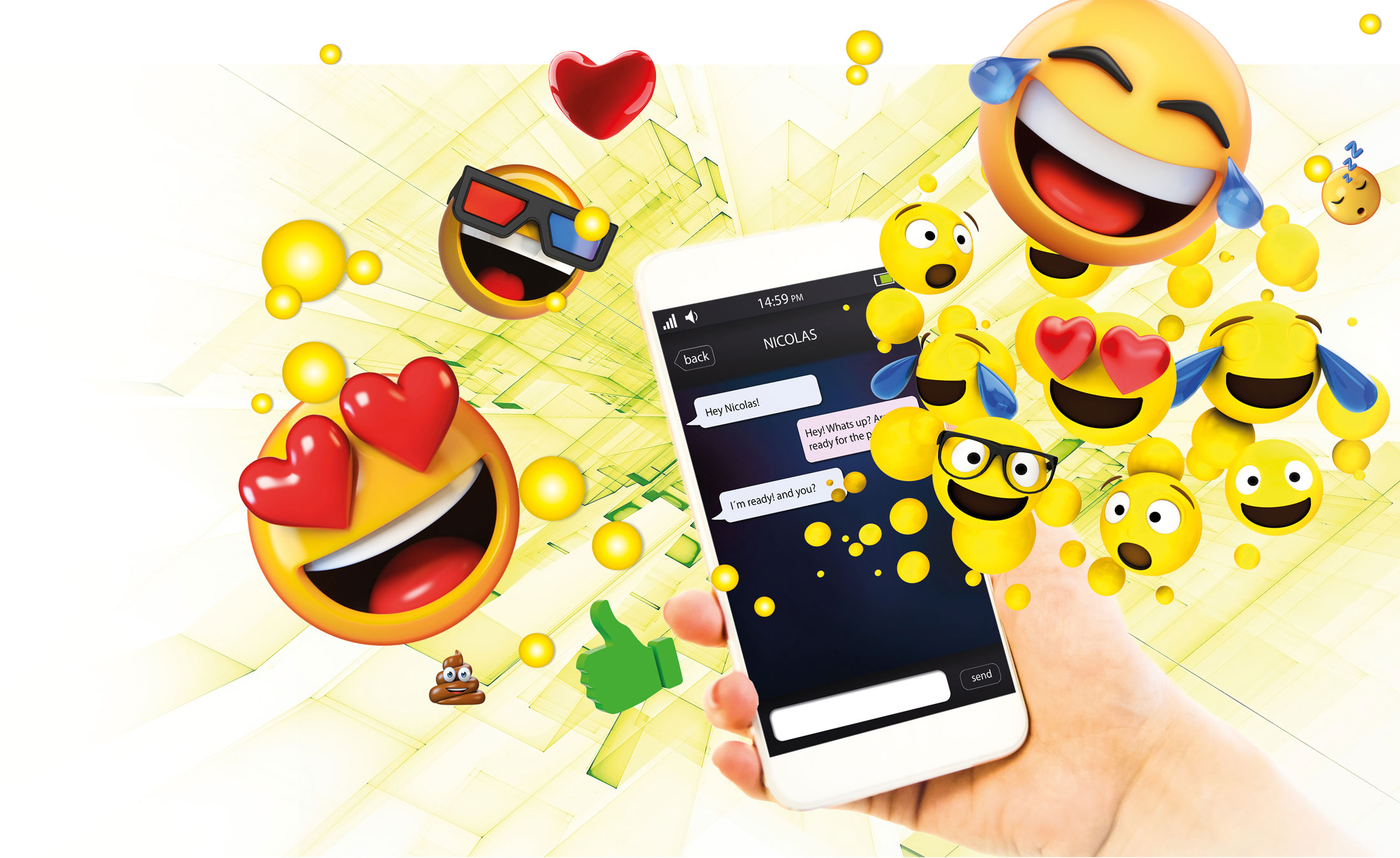
What are facial expressions?
It was probably easy to see if you felt happy when you went to school today. It tends to be quite easy to understand the facial expressions people have when they are happy, sad or angry.
Over the years, Charles Darwin and other researchers have written a lot of articles on the way people communicate using different facial expressions. Ever since the 17th century, it has been generally accepted that people only have six basic facial expressions: happiness/joy, sadness, fear, anger, surprise, and disgust.
Universal facial expressions
Over the last ten years, some researchers have begun to challenge this belief. Today many researchers have concluded that people have many more than just six basic facial expressions.
It has also been established that smiles do not necessarily mean joy. A smile can spring from desire, love, admiration, and interest. Variations in the way a person smiles can also express feelings of embarrassment, amusement, or being happily disgusted.



Emojis
When we are not facing those we are talking to, we often send messages by SMS or on social media.
There are approximately 20 billion messages sent every day, and expression icons, aka “emojis”, were created to make text messages easier to understand. When you speak, your tone of voice can show if you are angry or sad, and a facial expression can show how you feel. Words on a screen are not as easy to understand, so an emoji can be used to show feelings when you write, or it can represent an idea or object.
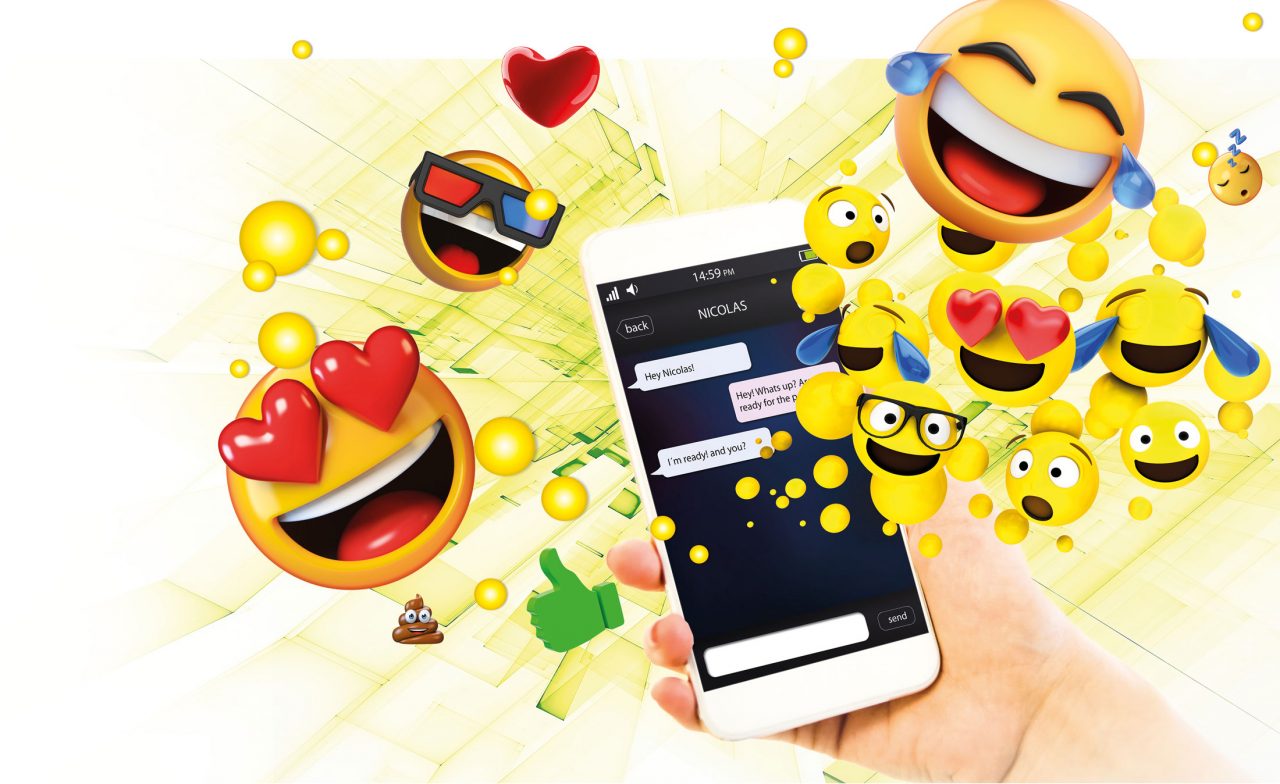
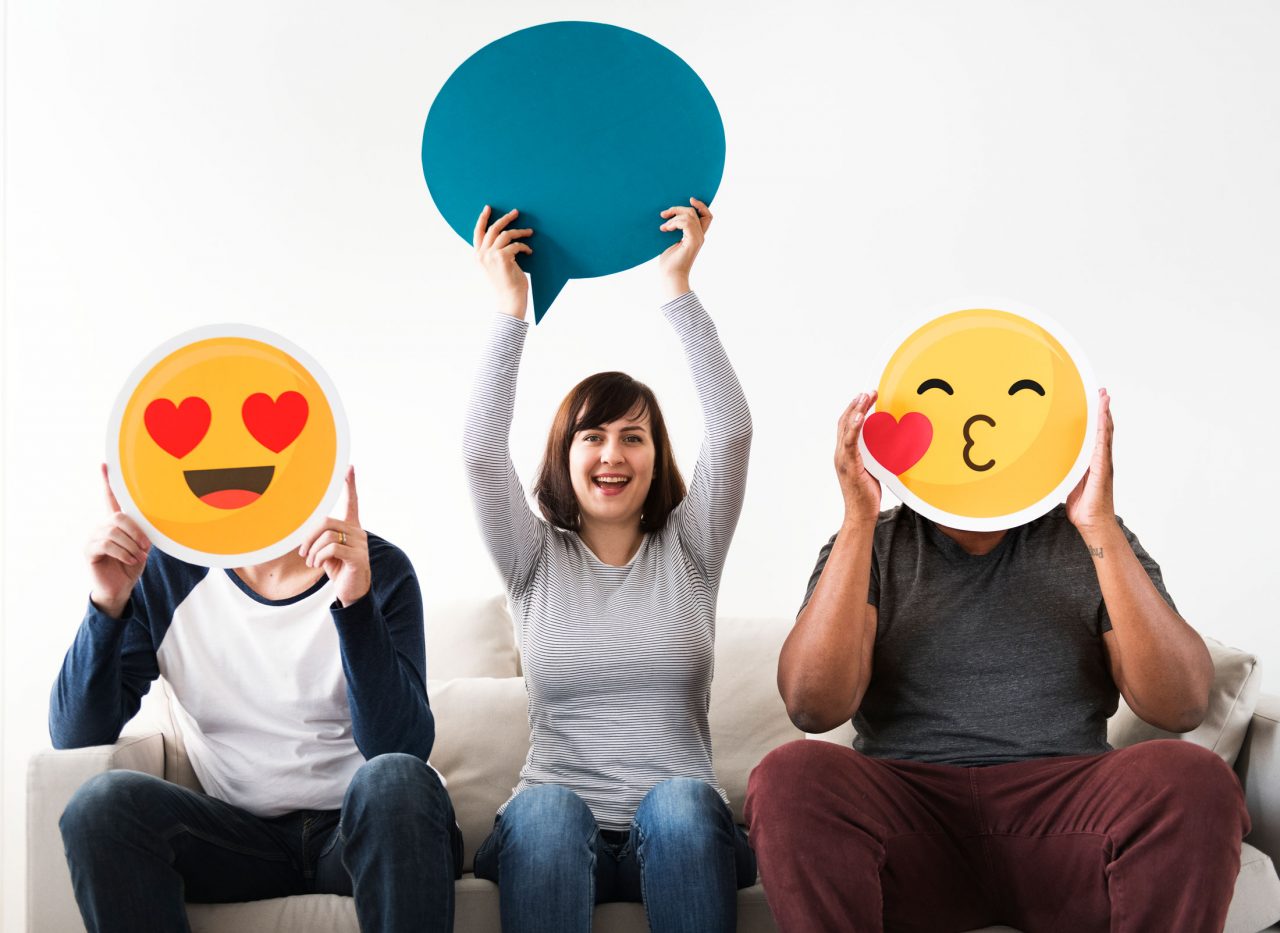
Replacing facial expressions
Is using emojis absolutely trouble-free? How is a message sent with emojis understood compared to the same message without any?
One of the challenges we face when communicating with emojis is that people have different expectations for what should be used and when. Some believe that all messages should end with a smiley face, while others think that is overkill.
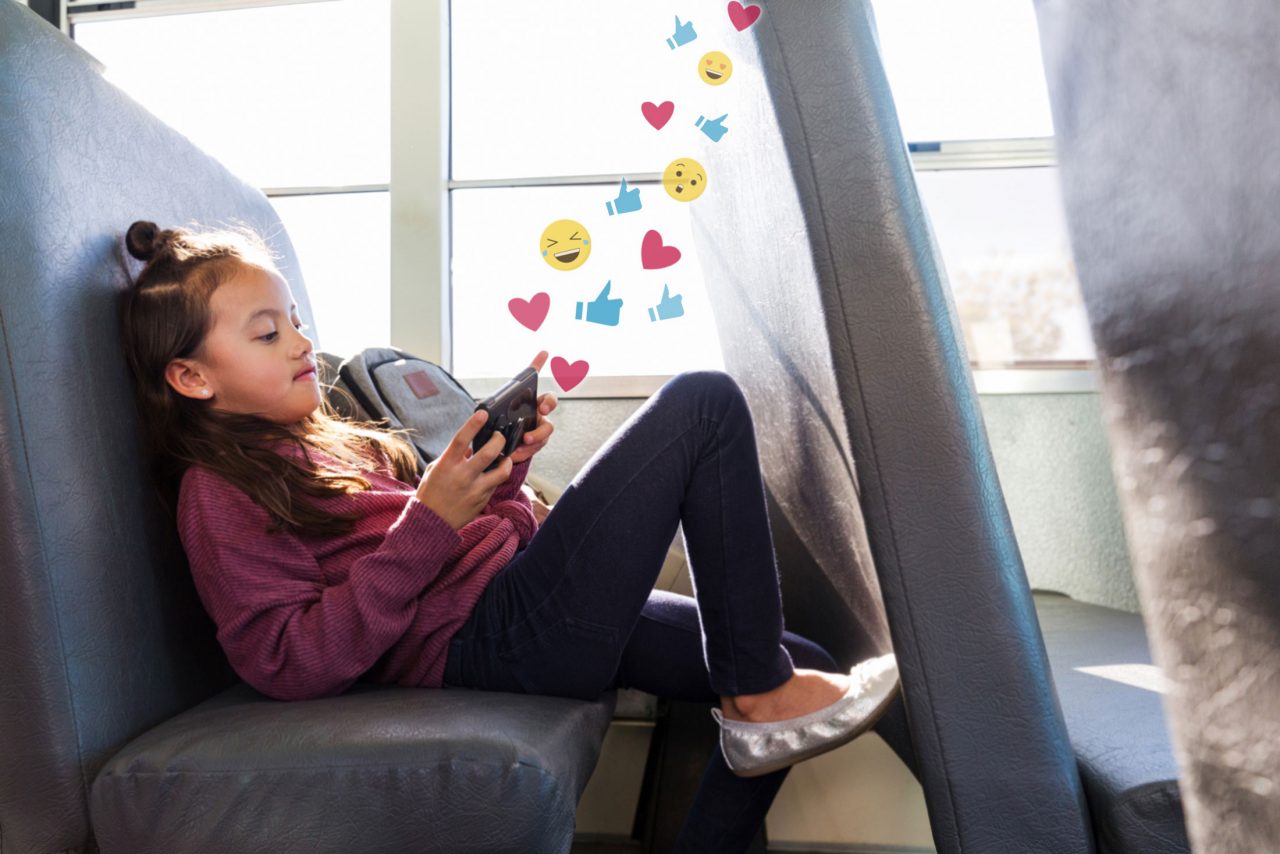
Misunderstood emojis
Some emojis look different depending on the platform used, and this can lead to unfortunate misunderstandings if you don’t know which operating system the person getting the message uses.
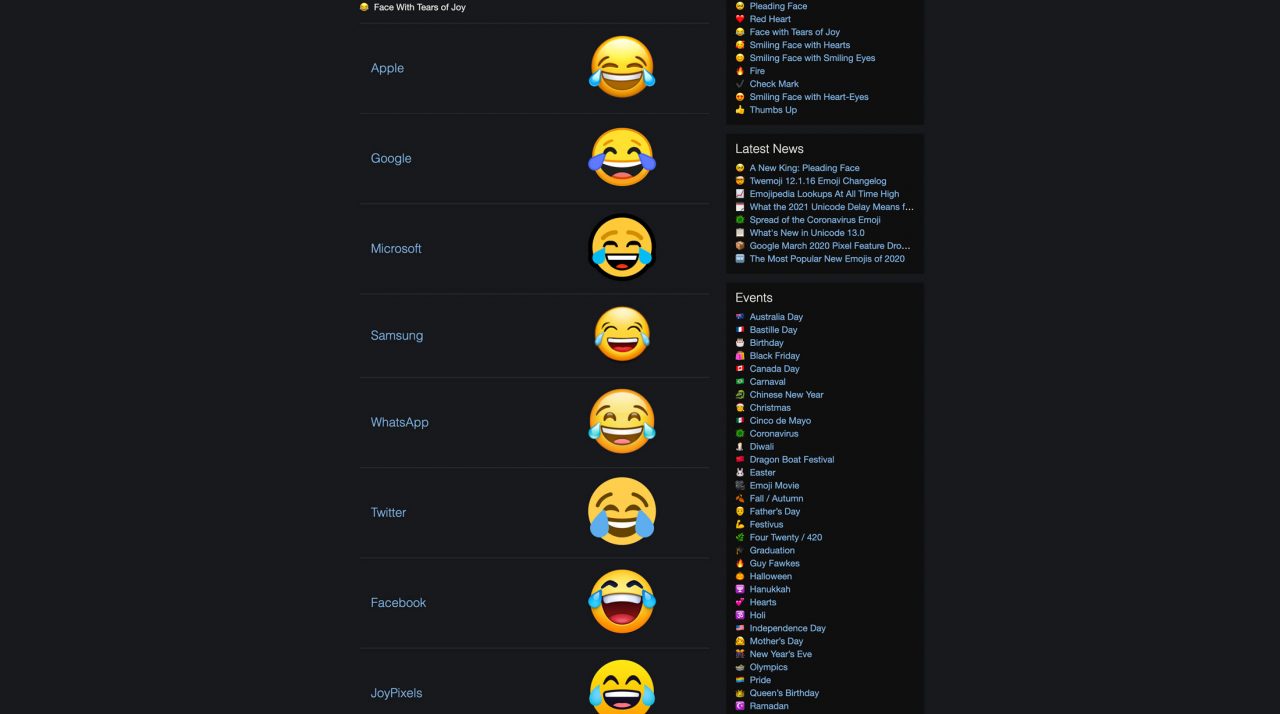
When and where?
We still use smiley faces a lot, mainly in informal settings, so it isn’t a very good idea to use them in school assignments or other official settings. There are no definitive rules for the use of emojis in sentences at this time, most likely because they are not often used in official communication. Their use in social media is also unregulated, but it is always a good idea to use reason and common sense.
One common practice that fits in well with writing is to look at what appears the tidiest visually. This generally means inserting the appropriate punctuation at the end of the sentence, adding space, and then inserting an emoji.
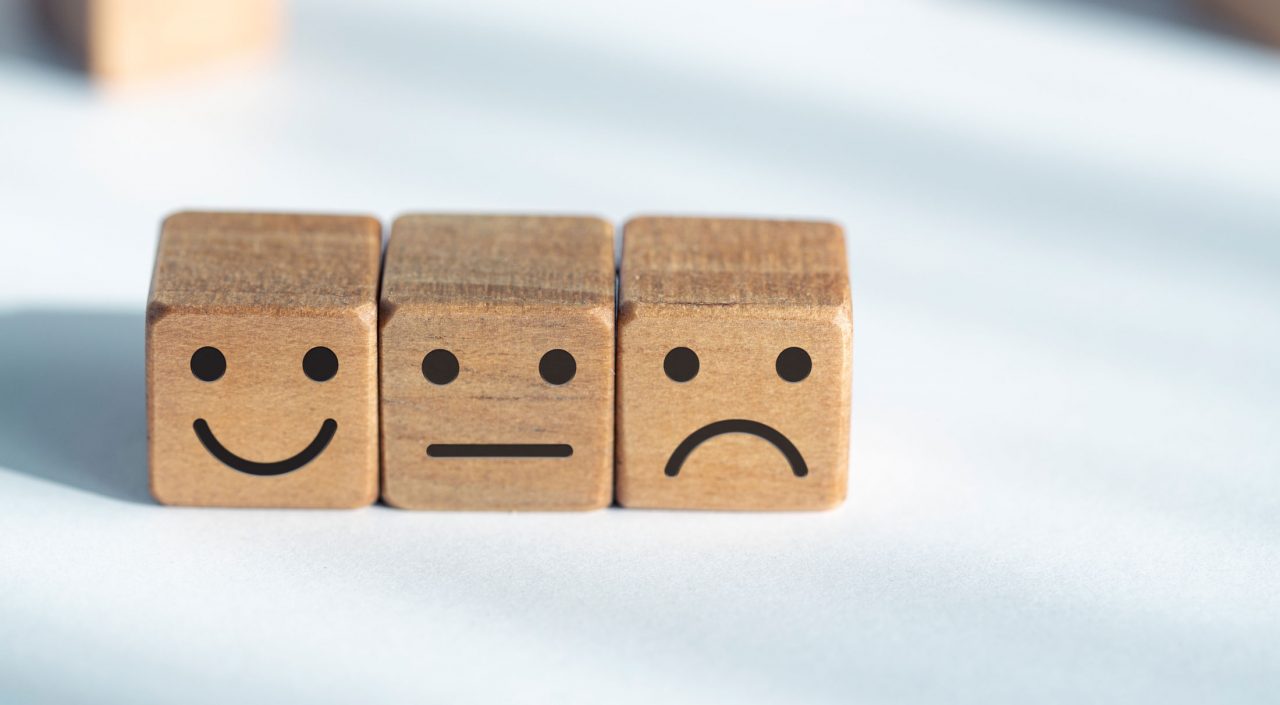
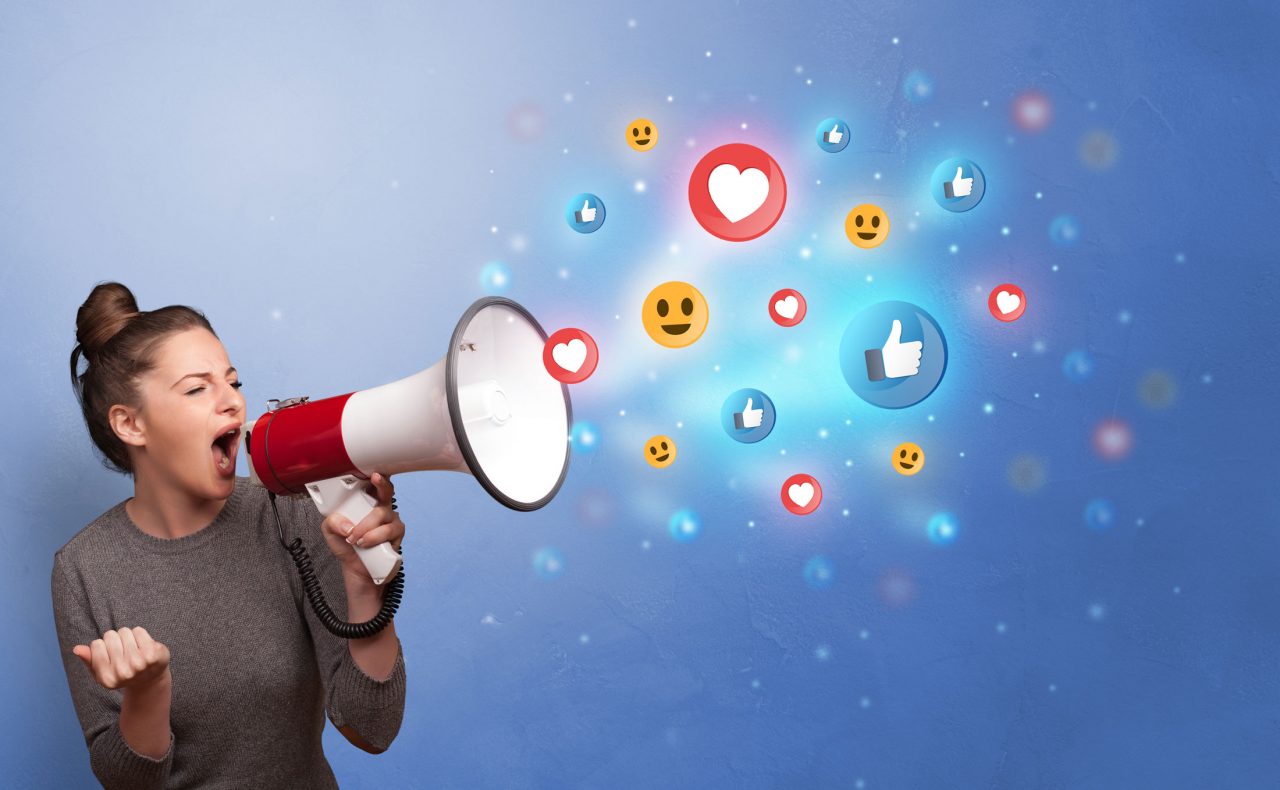
Sources:
- Slik funker verden (2019)
Orage Forlag AS
- Forskning.no (19.08.2020): Ansiktsuttrykk viser hva vi ønsker, ikke hva vi føler, ifølge forskere
https://forskning.no/biologi-hjernen-menneskekroppen/ansiktsuttrykk-viser-hva-vi-onsker-ikke-hva-vi-foler-ifolge-forskere/1644839
- Forskning.no (19.08.2020): Derfor er vi så dårlige til å tolke ansiktsuttrykk
https://forskning.no/psykologi/derfor-er-vi-sa-darlige-til-a-tolke-ansiktsuttrykk/1276785
- Språkrådet
Media Rights:
-
-
Getty Images
-
Getty Images
-
Getty Images
-
Getty Images
-
Getty Images
-
Shutterstock
-
Getty Images
-
Getty Images
-
Emojipedia.org
-
Getty Images
-
Getty Images
-

